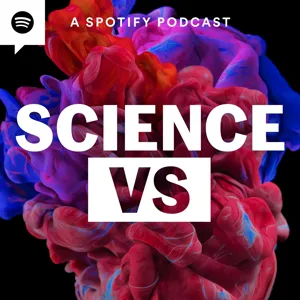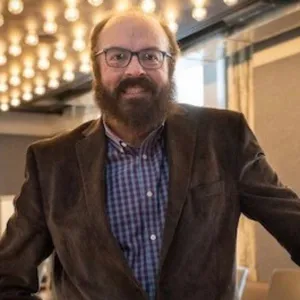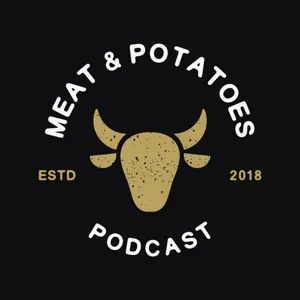Podcast Summary
Medieval doctors' unusual obsession with treating snakebites: Medieval doctors went to great lengths, including using weasels, to treat snakebites despite the low likelihood of encounters in Western Europe.
During medieval Europe, doctors and scholars had an unusual obsession with treating venomous snakebites, despite the low likelihood of encounters in Western Europe. Kathleen Walker Meagle, an animal historian from King's College London, discovered this while studying old texts from around 1300. These texts contained numerous recipes for treating snakebites, often involving exotic animals like snakes and even weasels. The fascination with these treatments may have been an escape or an exciting topic for scholars. One of the most intriguing treatments involved using a weasel. If someone was bitten by a venomous snake and a weasel was available, the solution was to split the weasel in half and apply it to the bite. The method of splitting the weasel was not clear, leaving room for speculation. This unusual treatment highlights the lengths medieval doctors went to in their attempts to cure snakebites. It's a fascinating glimpse into the medical practices and beliefs of the time.
Historical methods for treating snake bites: Many historical methods for treating snake bites, such as using weasel bellies or bird droppings, are not only ineffective but also potentially dangerous. Modern medical resources and evidence-based medicine are the most reliable options for treating snake bites.
Throughout history, people have used various unconventional methods to treat snake bites based on the beliefs and knowledge of their time. From applying the belly of a weasel or chickens to the bite, to using bird or goat droppings, fish gills, or even urine, these treatments were believed to help draw out the venom or provide some other healing properties. However, many of these methods are not only ineffective but also potentially dangerous. For instance, attempting to suck venom out of a wound and spit it out was once practiced, but studies have shown that most of the venom cannot be removed this way, and putting one's mouth on an open wound can introduce bacteria and cause infection. Moreover, the availability of modern medical resources and advancements in understanding the nature of snake venom have made these ancient methods obsolete. So, while it's fascinating to learn about the historical context and cultural significance of these practices, it's essential to rely on evidence-based medicine for treating snake bites.
Studying snakebites requires unconventional methods: Researching snakebites involves access to snakes, chickens, and sharp tools, but securing funding can be difficult.
Conducting scientific research, especially in fields like biology, can involve unconventional methods and resources. In the case of studying snakebites and potential treatments, researchers might need access to snakes, chickens, and a sharp axe. However, securing the necessary funding for such research can be challenging. For more information on the current advancements in snakebite treatments, listeners are encouraged to listen to the previous episode on this topic. This episode was produced by Taylor White and the ScienceVerse team. Remember, science can lead us to unexpected places, but the pursuit of knowledge is worth it. Stay tuned for more fascinating discoveries. I'm Wendy Zuckerman, signing off until next time.






